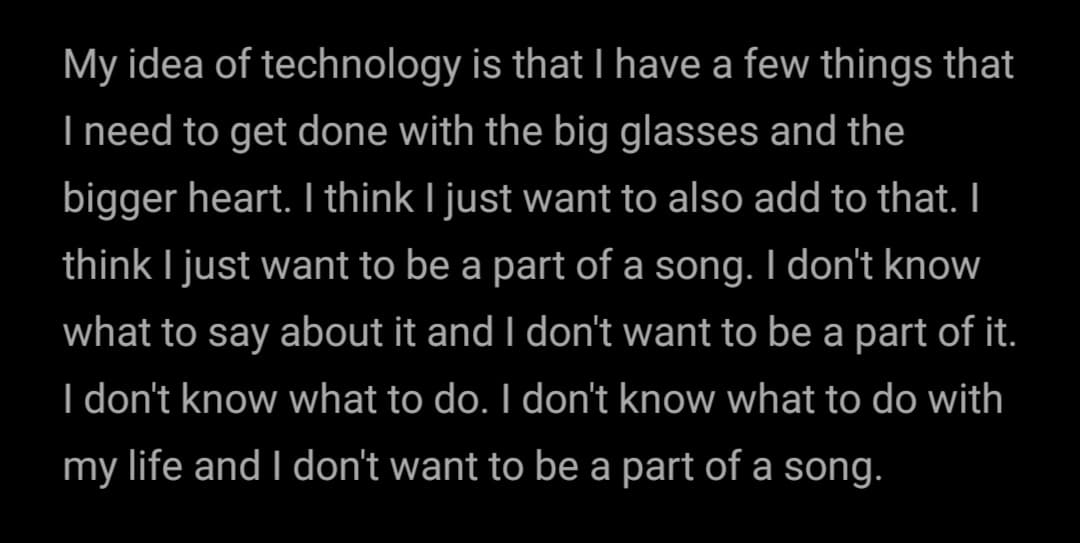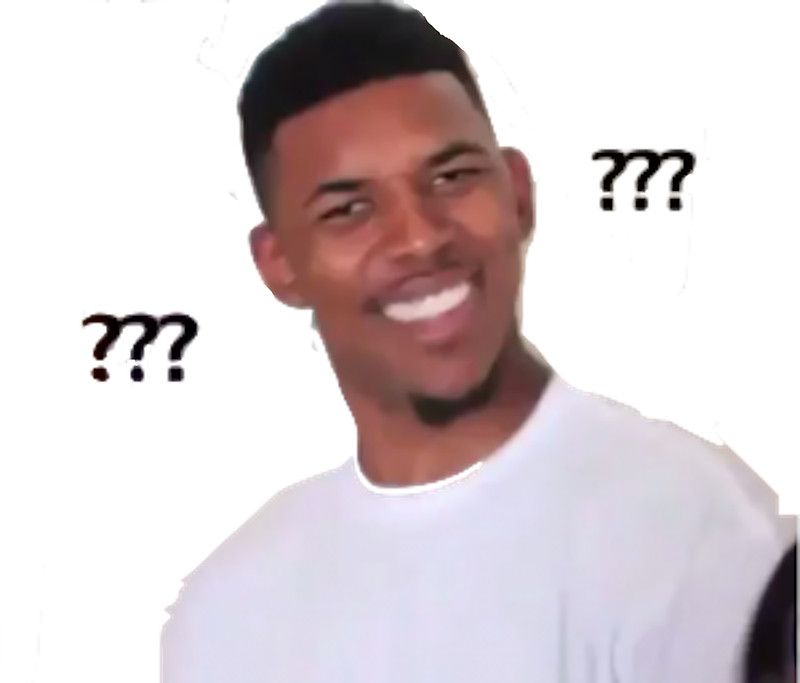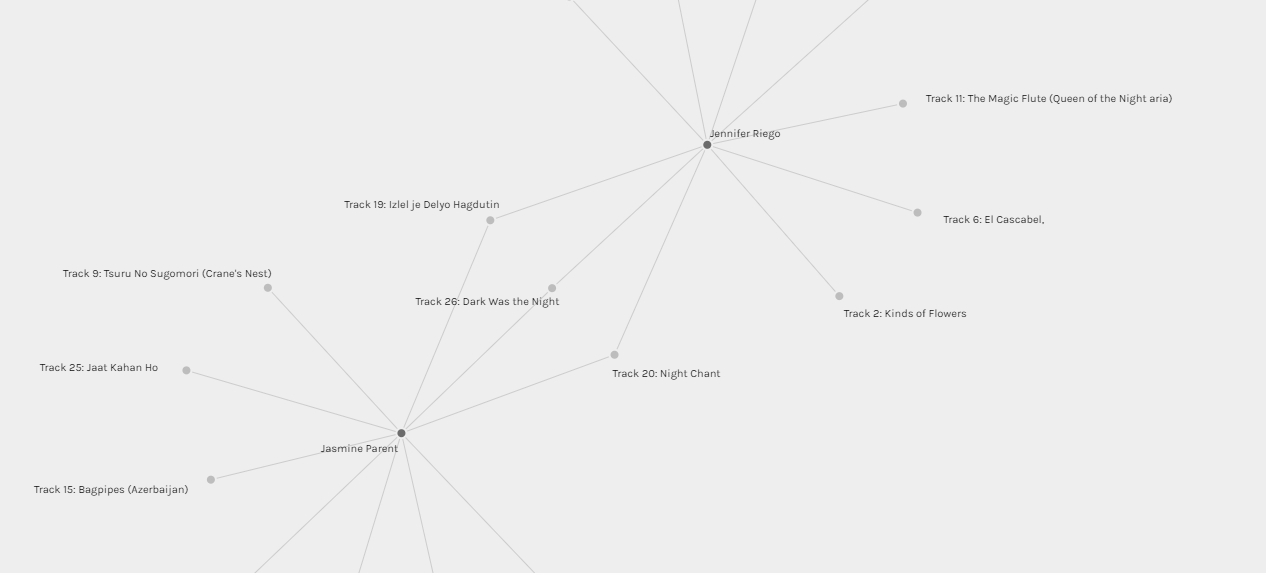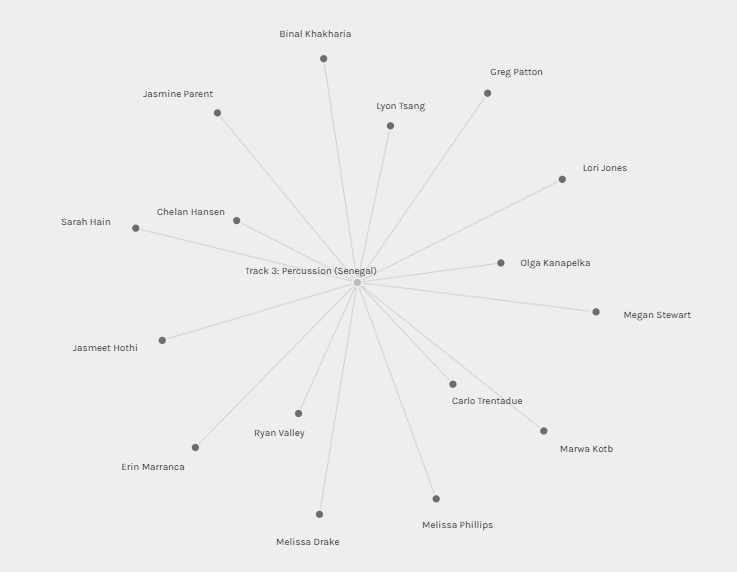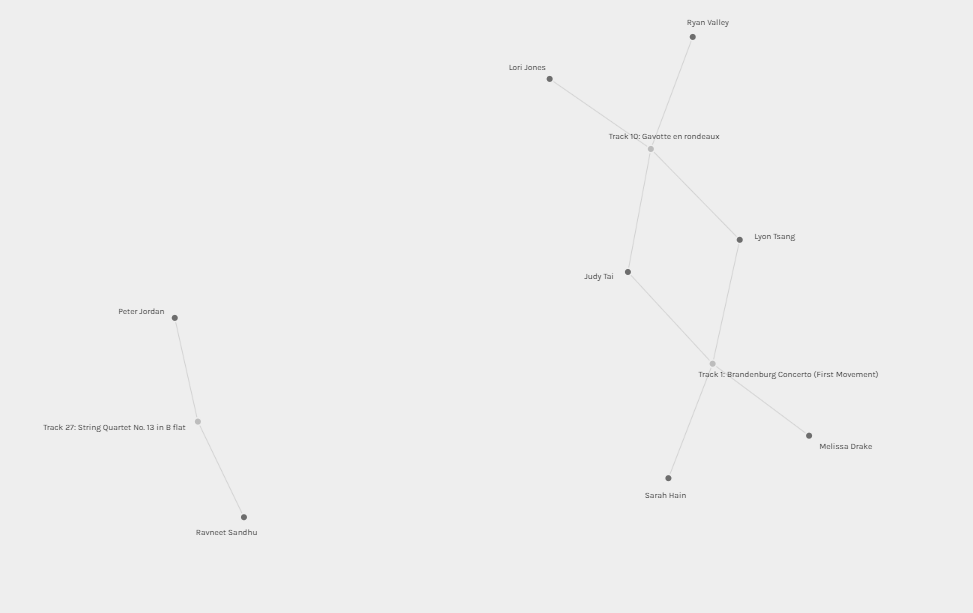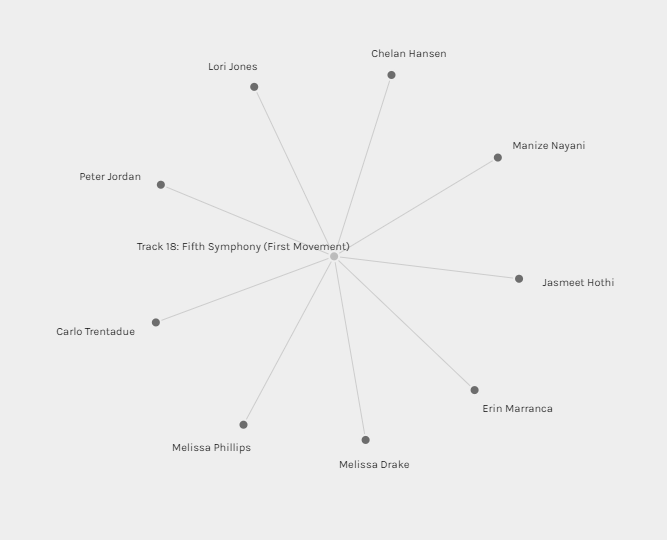I chose to link Task 12 with Adriana’s speculative narratives of the AI planner. Her approach created an immersive experience into how AI may integrate with education in the near future. I felt like her Edison Learning curriculum planner, in particular, was similar to the Personalized Education Learning Experience I had come up with. In both cases, the student’s experience is tailored to their unique situation and needs. I think we both tried to speculate a future that is realistic within the next 30 years.
The use of AI in education has already begun. Bernard Marr published an article in Forbes outlining the various ways in which AI is and will be used to improve the future of education. He includes that AI will drive efficiency and streamline tasks for teachers, foster differentiated and individualized learning, improve education access globally, automate admin tasks and support students outside of the classroom. It feels like artificial intelligence was once a scary and dystopian type narrative where computers would take over and robots would be teaching our students. But looking at the possibilities that potentially fill in the gaps education now experiences including adapting to different learning styles and increasing access; it doesn’t seem so scary. I hope that we do see innovations like the ones Adriana and I presented for personalized education in the near-ish future. AI will never replace teachers but will hopefully improve their workloads and ultimately create the most effective learning environments for students.

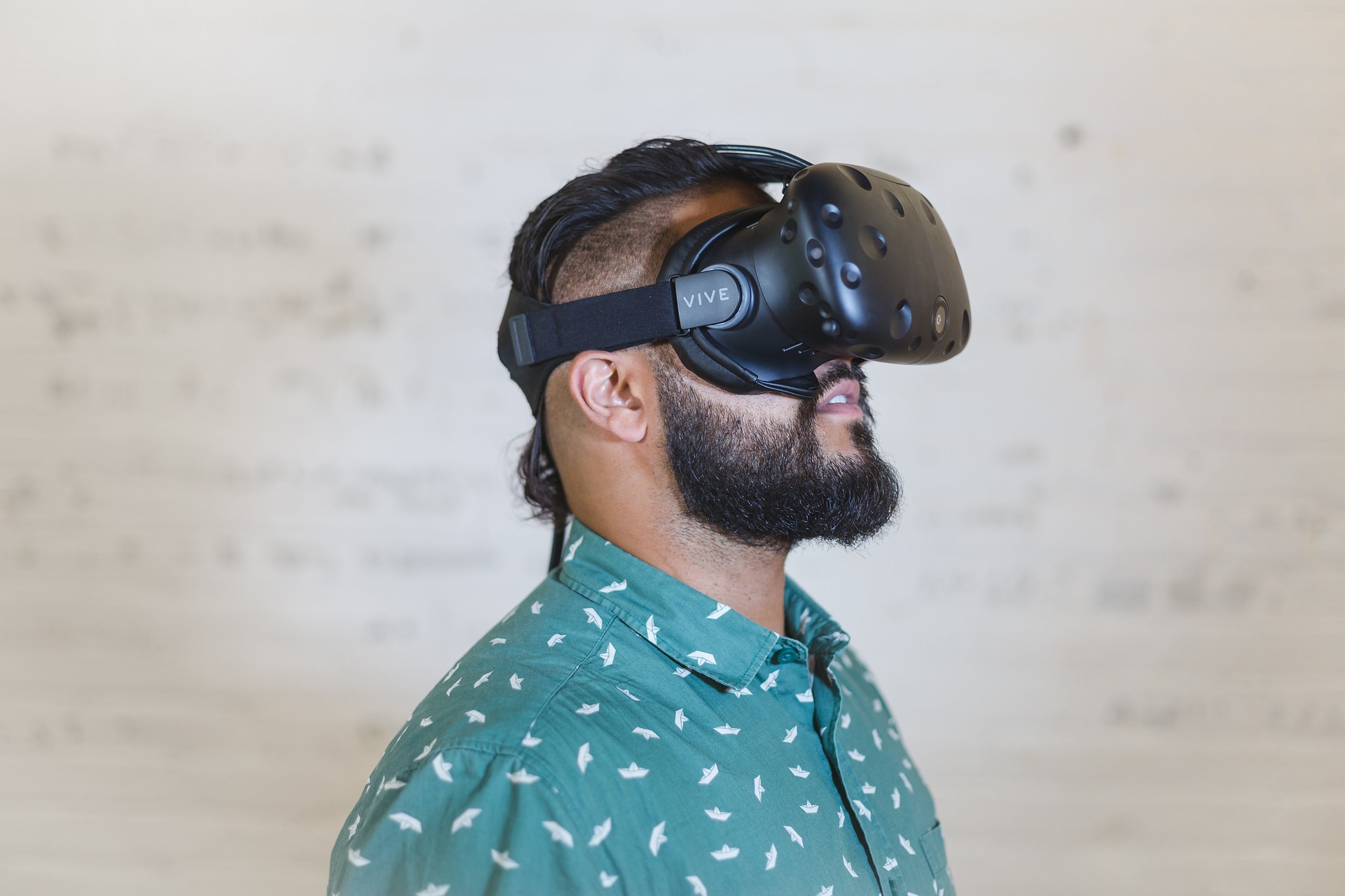 The goal of this clinical course is to advance the nursing practice through hands-on clinical practice and patient-nurse interaction. Students will experience and explore a variety of nursing practices by participating in clinical rounds and advanced case studies through the lens of cutting edge virtual reality technology. The goal of the course is to enhance the breadth and depth of clinical decision making, critical thinking and in-hospital interactions before entering the hospital. Students will be exposed to challenging scenarios and will be given the opportunity to learn and evolve their skills before advancing to their in-hospital clinical practice.
The goal of this clinical course is to advance the nursing practice through hands-on clinical practice and patient-nurse interaction. Students will experience and explore a variety of nursing practices by participating in clinical rounds and advanced case studies through the lens of cutting edge virtual reality technology. The goal of the course is to enhance the breadth and depth of clinical decision making, critical thinking and in-hospital interactions before entering the hospital. Students will be exposed to challenging scenarios and will be given the opportunity to learn and evolve their skills before advancing to their in-hospital clinical practice.